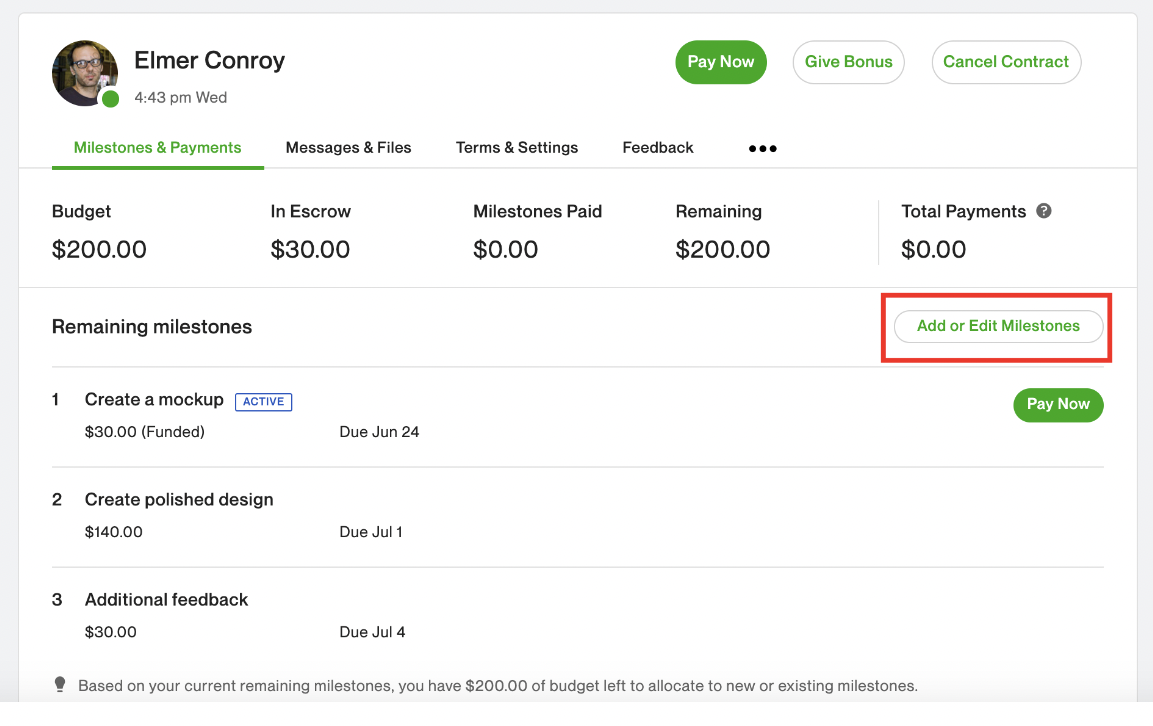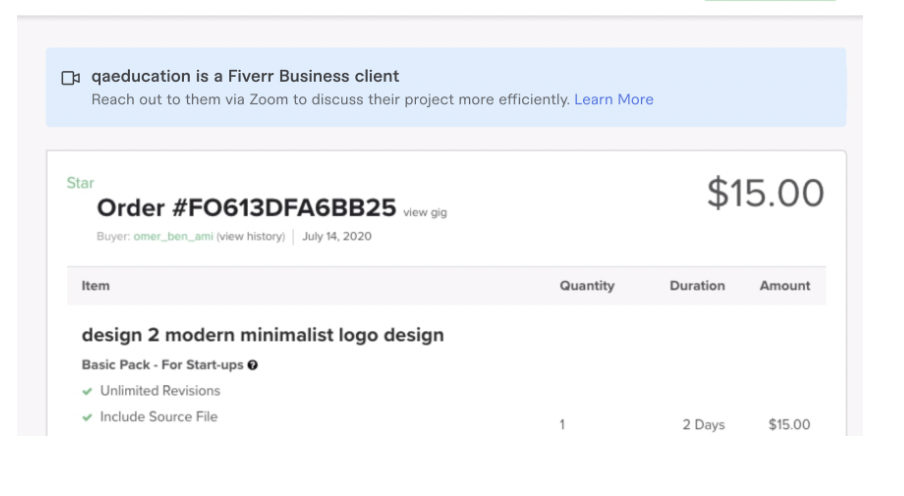Spending too much on recruitment, payroll or global HR?
We help you find the Best Providers at the lowest cost.
Article Roundup
- Project payment requires a plan of action
- Length and value determine the payment plan
- The longer and larger make for milestone payments
Each option has pros and cons
The best two days of owning a yacht, as the old saying goes, are the day you buy it and the day you sell it. It is the same with winning a contract or a new client. The elation of the initial win is only matched when the final payment arrives. But what happens in between those two days? Will the cash allocated sit suspended in the client account until the end? Or should there be a structure that gradually conveys this cash to the contractor? This decision is crucial for your business, long-term development, and short-term cash flow.
Quoting for a job, no matter how detailed or descriptive, is not in itself the end of cash consideration. You must now create conditions and routes for the remuneration that can be agreed by all parties. You must also assume that this will not be automatically organized by the client. Payment is the contractor’s prerogative. The two mainstream options are milestone payments and project billing. The first spreads the total value of a contract, dividing it into multiple milestones that possess tangible trigger points. The latter lumps the total accepted price into one final project invoice.
The distance between the start and the end of a contract and the size of the contract, are the two main conditions for this cash consideration. The greater the time and the greater the value, the more important billing becomes.
Alongside managing payroll, managing contract payment is an activity that has one of the largest impacts on company cashflow, so it deserves careful consideration by any company.
What are milestone payments?
Elation caused by clinching a new client can quickly evaporate when it comes to talking about money. Two gravitational pulls are in play: the client will want to conserve cash to control the outcome. The contractor will want the conveyor belt of cash to start flowing.
That is where milestone payments can satisfy both masters. A milestone is a specific, measurable, achievable, and usually time-bound goal that you and your client can both consent to. A milestone is a material manifestation that can mark a significant step in the sequence of a project. It is also entirely unique, because the amount due at each manifestation is special and subject to the sequencing of your specific project.
That is why milestone payments are so popular in the construction industry: In the UK, under the Scheme for Construction Contracts (England and Wales) Regulations 1998, payments can be requested every 28 days. But any request for remuneration must be referenced to the quantity of work that has been carried out during that 28-day period.
With building work, this can be both basic and backed up on-site. The installation of steel work or electrical second fix fittings can be visited and viewed to verify a milestone. With consultation contracts, milestones become increasingly opaque. Furthermore, the more specialized the subject, the harder it is to define a milestone. That is why accountants often shun milestone payments. The sequence of events to secure a set of accounts may involve a bank reconciliation, trial balance extraction, and finally, accounting adjustments all of which are difficult to quantify, let alone explain to a client.
To achieve a functioning and binding milestone understanding though, you must plan properly and communicate clearly. A regime must be fixed into place that can be regulated but not rigid. Collaborators and clients must understand their respective responsibilities. After defining a deliverable, such as the installation of heating, you must then provide an expected date to this milestone. Once determined and discharged on site, this deliverable then becomes a milestone, and a milestone attracts a monetary value.
To set up a milestone payment schedule, timetable, budget, and the main project objectives are set. Terms and conditions then clarify the methods of invoicing, payment, and terms. Having a milestone is meaningless unless the management of the money flow has been agreed. Many contractors may even use milestone non-compliance to pause progress or even terminate the contract.
How a top freelancing platform handles milestone payments
Below is a demonstration of how Upwork — the world’s largest online work marketplace — manages milestone payments
What is project billing?
Project billing refers to a complete and final charge that is presented to a client on the conclusion of a contract. It is a single solicitation for payment. An invoice generated by the contractor to the client to confirm completion. It is mostly used for concise and low-cost contracts. A single tax return, for example, would have no major milestones.
It provides a clear understanding between client and contractor. Cash is not released until completion and the contractor only has one administrative payment task.
The final project billing usually reflects the original estimate for the work. It lacks flexibility in that sense, but it provides a popular and precise framework for payments.
How Fiverr takes care of project billing
What are the pros and cons of milestone payments?
There are three clear advantages of using milestone payments.
Firstly, milestone payments are a manifestation of performance. They illustrate output rather than input, act as an incentive, and show progress inside a project.
Secondly, milestone payments make it easy for all parties to predict and plan their cash flows. Milestones can be easier to link to a program and provide a platform for parties to plot progress.
Finally, milestone payments can be easier to administer. To use the construction example again, the contractor’s quantity surveyor is not required to carry out a detailed gross measurement each month but can simply take those schedules that have been successfully completed and include them within the milestone payment. This can be echoed by the client.
However, on the other hand, there are disadvantages which should not be instantly dismissed.
The most obvious drawback is the operational capacity to oversee milestone billing. Administrative support must be in place to absorb any disagreements or discrepancies on the definition of a milestone.
A milestone payment regime relies on the paying party signing off and approving the stages of the works. However, if the initial contract does not make clear who is signing off, when or how the signing off happens, payment paralysis may follow. The larger the client, with more layers of administration and management, the greater the risk.
What are the pros and cons of project billing?
By its very nature, project billing is attractive for its simplicity and clarity. Instead of getting bogged down in maintaining the details of milestone triggers, the client can focus entirely upon the work itself. Concise contracts that can be completed promptly are a natural fit. It is predictable and manageable. There is no concern over milestone definitions and can avoid any discontent or discussion over details. A lot of time and goodwill can be spent on clarifying milestones. It can be a distraction to the project itself and even create a sense of distrust between the parties. But with project billing, it is final and, hopefully, a fair reflection of an original quotation.
Moreover, it can be more cost-effective to the contractor. As it is a one-off request for payment, it can remain ambiguous, and therefore can absorb more potential for profit by avoiding a cost breakdown that can be analysed by the client.
Project billing vs milestone payments: Key differences
Both routes for remuneration should be considered by every contractor. Milestone billing may fit a firm that works on mid-length to long-term projects. Where deadlines and deliverables can be defined easily, and cash flow is king, milestones make sense. But they also demand a lot of work and accompanying clarification. Each checkpoint on a project is a bespoke marker of output. Therefore, the responsibility falls upon the contractor to clarify each milestone.
Project based billing though is very straightforward and simple. You offer your clients concise and clear pricing against a determined deadline. Once all the deliverables are completed you issue a single invoice and receive payment in full.
Naturally project billing suits short-term projects and milestone billing gravitates to longer and more expensive contracts.
However, there is a third way. A hybrid alternative to both options. That is time-tracking. Where materials are purchased, this is cost neutralised and conveyed to client. To absorb unpredictable variables such as inflation, disruption to supply chains, or even the unknown length of a project, it may be more attractive to agree a daily or hourly rate. The risk is removed from the contractor and outsourced to the client, who can only check the time worked.
Where the work is purely labor-related, and is purely desk-bound, some clients have benefited from using HR Information Systems (HRIS), which often have time-tracking features. Alternatively, specialist project management software can be used,
Project billing vs milestones — it’s your call
Once you have won a contract your attention must turn to the process of billing. If the contract is concise and the timeframe condensed, then a single project bill at the end would suffice. If, however, the timescale and value of the work represent a considerable risk to your business in case of no payment, then milestones can provide a safety net. Milestones are monetized by time or a material advancement of a project. If not met by either side, milestones can mark the health of a project.
But both options represent risks to both the client and the contractor. A single project bill places all the contractor’s eggs in one basket whilst the milestone payments offer no guarantee of final completion. That is why time-tracking may provide a hybrid solution to the question of billing and why it remains so popular with lawyers.




